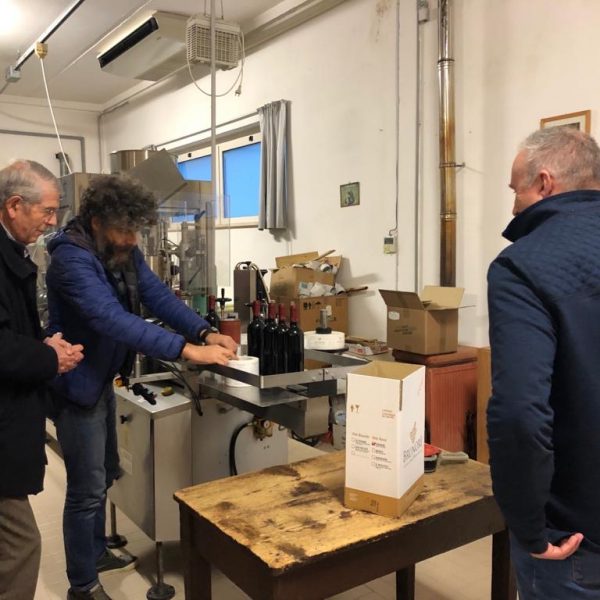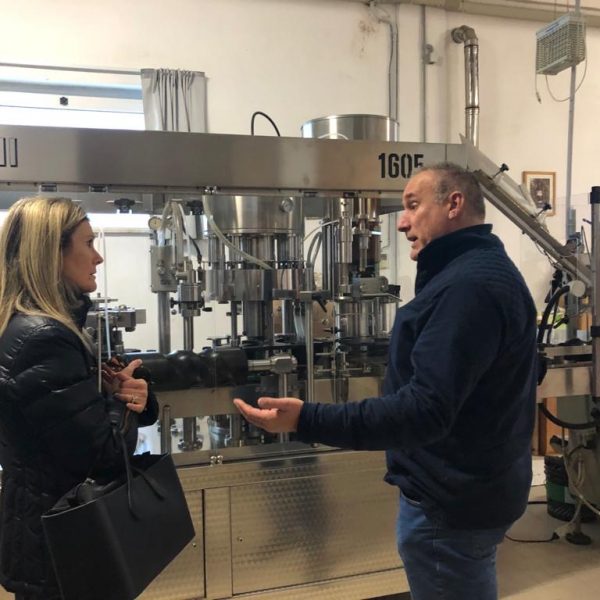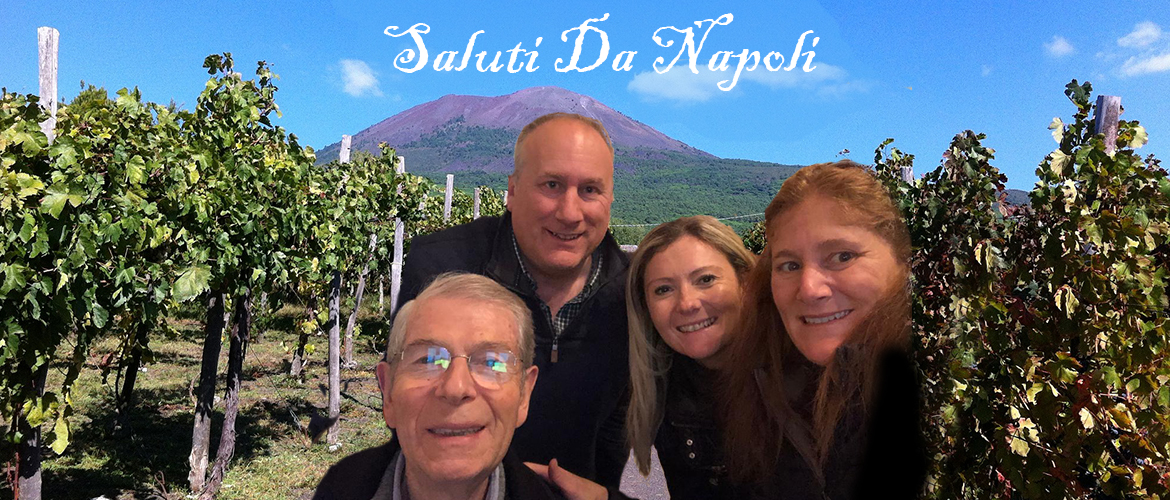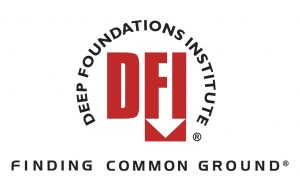I spent my Christmas holiday with my sister and her family, who are living in Italy, near Pozzuoli. The birthplace of Sophia Loren, perhaps the most famous Italian actress of all time, Pozzuoli is about 15 miles (22 km) west of Napoli.
After landing in Roma, my sister and I drove across the central part of the boot to Jesi in Le Marche to have a personal guided tour of the Brunori vineyard and winery hosted by the Brunori family themselves. Moore Brothers Wine company’s own Guiseppe DeLuzio made the arrangements for our visit. Moore Brothers Wine, arguably the largest retailer of the Brunori wines in the United States, is where I buy most of my vino.
As we talked about the Verdicchio grapes that they grow for their signature white wine that goes with any seafood dish as well as a few pork dishes prepared in the region, we began to speak about the soil in which these vines have been planted and producing fruit since the 1950s.
Talking about the sandy clay where the vines get their nutrients generated another course of thought and I had a revelation. It turns out that helicals and other deep foundations, my vocation and daytime passion, have a direct correlation to one of my life-long personal avocations.
As soil analytics drive the cultivation of grapes, so it does with our business when determining the proper deep foundation system to use on a given project. What is the N value of this material, I wondered? Why did Christina Brunori describe the gentle hill side vineyard this way? Is it because the water runs through the top 2 meters of the earth, with little topsoil to hold it near the surface, into the granular sandy layers? Is the clay under the granular material lean, then becomes fat as it approaches rock?
This rich soil supports and nurtures this vineyard and its delicious grapes. The nature of soils in my professional endeavors supports and nurtures our business as well. In the deep foundation business, soil analysis is critical to determining the nature and viability of a project. With the Brunoris, these rich, vibrant soils determine the quality of their product.
At that moment, in lieu of jumping on a nearby mini excavator onsite to dig a few test holes, we retired to the Brunori tasting room at the winery itself to taste a sparkling Verdicchio, accompanied by a freshly prepared plate of salume and local cheeses, that aren’t available in the states.
Soon we were talking about the melon, almond, dried honeycomb, and minerality in the nose and palate that these soils bring to the wine. The need to ascertain whether or not this material could support a building had swiftly faded like the sun diving behind the Apennine mountains in the West, leaving us to deal with the cool Adriatic December breeze as we huddled around the space heater at the table, sipping the fruit of the earth.
Salute!
Frank D’Angelo






